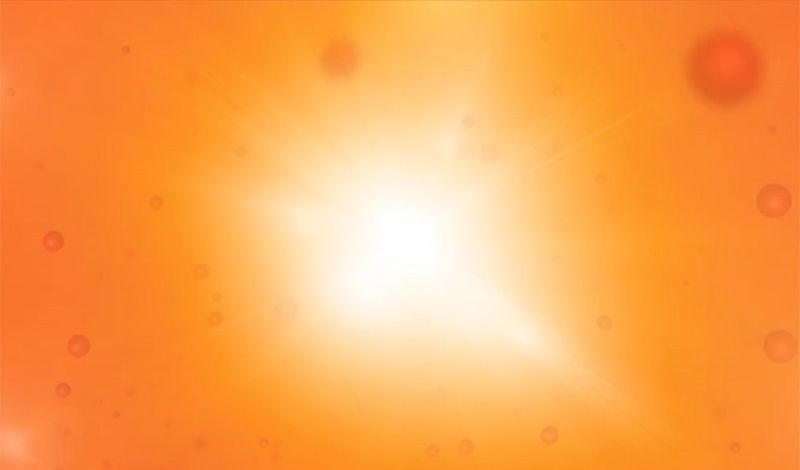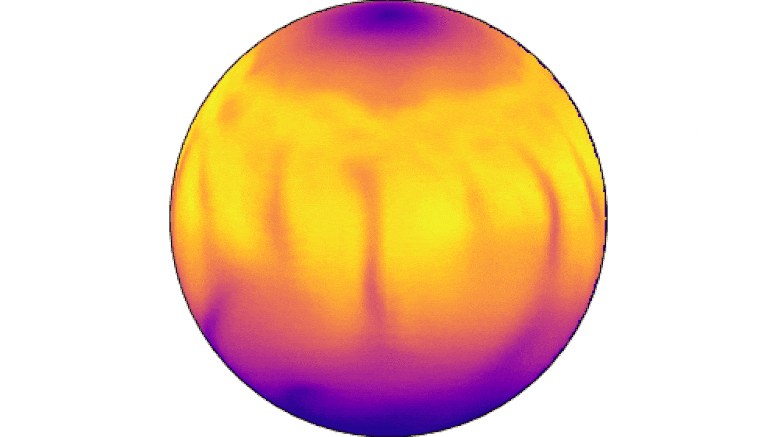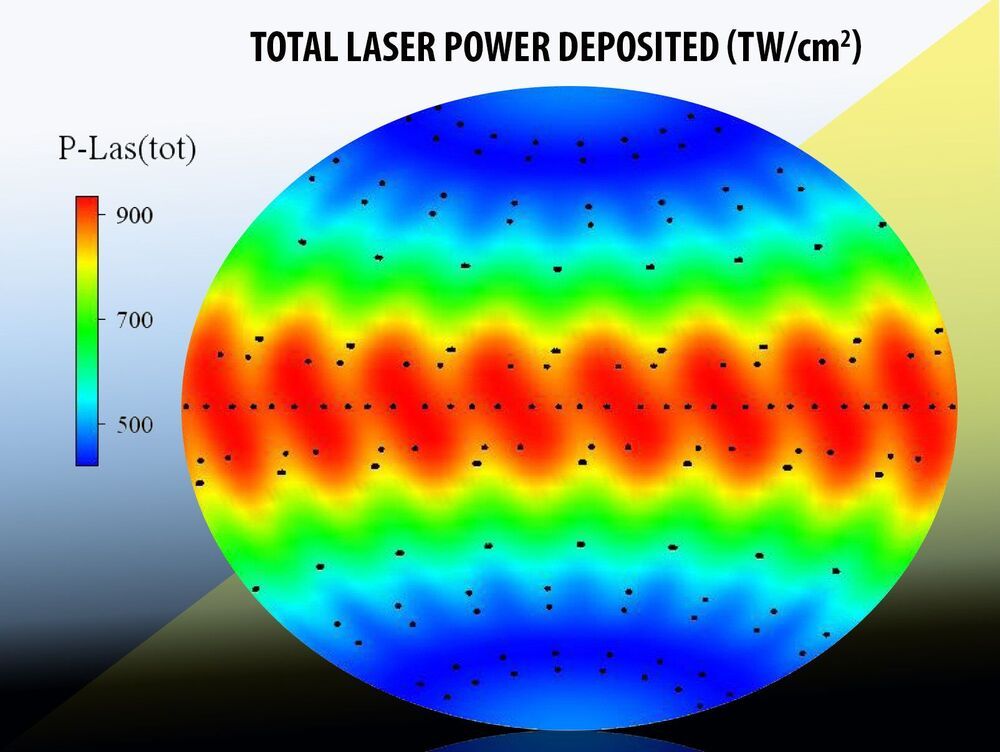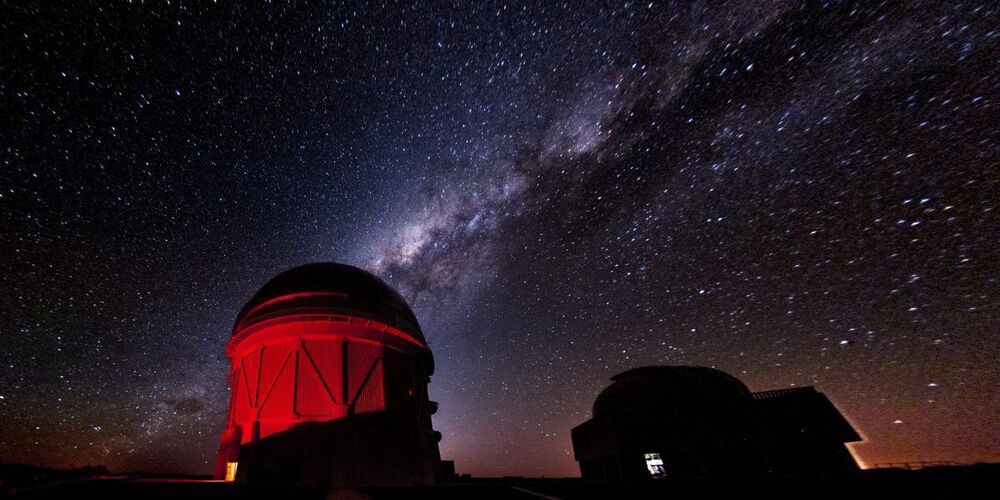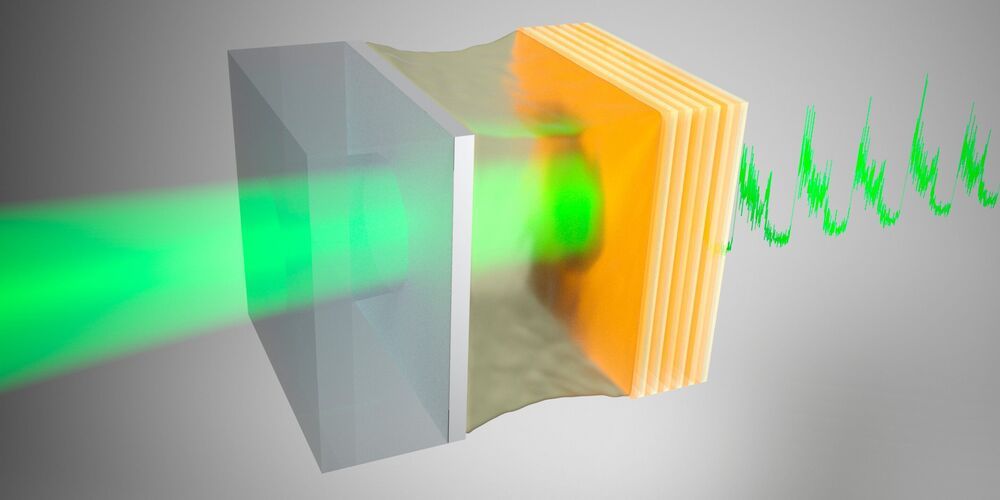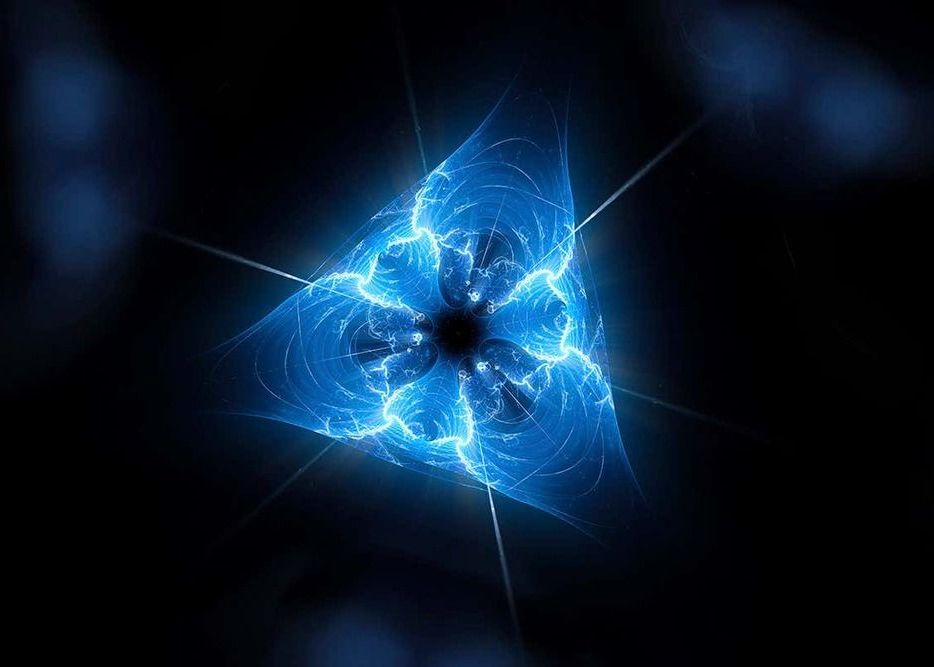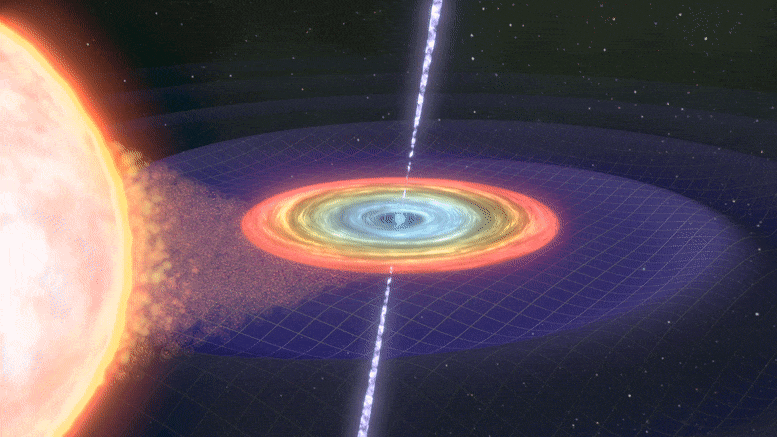Archive for the ‘physics’ category: Page 166
Jun 3, 2021
Chinese fusion reactor sets world record
Posted by Future Timeline in categories: nuclear energy, physics, sustainability
China has announced a milestone in the development of clean, sustainable energy by setting a new world record for the longest duration of temperatures needed for fusion to occur.
The Experimental Advanced Superconducting Tokamak (EAST) located in Hefei, Anhui Province, is the successor to HT-7, China’s first superconducting tokamak, which retired in 2013. The Hefei Institutes of Physical Science (HIPS) is conducting the experiment for the Chinese Academy of Sciences (CAS).
Professor Gong Xianzu, a researcher at the CAS Institute of Plasma Physics (IPP) who is leading the project, announced the breakthrough. The reactor achieved not one but two milestones. Firstly it reached a plasma temperature of 120 million degrees Celsius for 101 seconds. This is 20% hotter and five times longer than last year, when EAST managed 100 million degrees Celsius for 20 seconds. Secondly, it reached an even higher peak temperature of 160 million degrees Celsius, lasting for 20 seconds.
Jun 2, 2021
Extreme Magnetic Fields and Temperature Variation of Distant Magnetars
Posted by Quinn Sena in categories: cosmology, physics
New research is helping to explain one of the big questions that has perplexed astrophysicists for the past 30 years — what causes the changing brightness of distant stars called magnetars.
Magnetars were formed from stellar explosions or supernova e and they have extremely strong magnetic field s, estimated to be around 100 million, million times greater than the magnetic field found on earth.
The magnetic field on each magnetar generates intense heat and x-rays. It is so strong it affects the physical properties of matter, most notably the way that heat is co nducted through the crust of the star and across its surface, creating the variations in brightness which has puzzled astrophysicists and astronomers.
May 29, 2021
Simulations examine performance of materials in NIF experiments
Posted by Saúl Morales Rodriguéz in categories: energy, physics
Scientists have examined the performance of pure boron, boron carbide, high-density carbon and boron nitride ablators—the material that surrounds a fusion fuel and couples with the laser or hohlraum radiation in an experiment—in the polar direct drive exploding pusher (PDXP) platform, which is used at the National Ignition Facility (NIF). The platform uses the polar direct drive configuration to drive high ion temperatures in a room-temperature capsule and has potential applications for plasma physics studies and as a neutron source.
The key findings of the work, featured in High Energy Density Physics, show that these alternate ablators do not improve the symmetry of the PDXP implosion, according to lead author Heather Whitley, associate program director for High Energy Density Science in the Fundamental Weapon Physics section at Lawrence Livermore National Laboratory (LLNL).
“While our simulations predict that the platform is not amenable to the electron-ion coupling measurements due to a lack of implosion symmetry, the alternate materials do enable better coupling between the laser and capsule,” she said. “We plan to test those predicted impacts on future neutron source experiments.”
May 29, 2021
The most detailed dark matter map of our universe is weirdly smooth
Posted by Quinn Sena in categories: cosmology, physics
We know dark matter exists because we can observe its effects on all the stuff that’s swirling around in the universe. Scientists estimate that about 27% of the universe is made of dark matter (68% is dark energy, and the last 5% is ordinary matter and energy). The questions on everyone’s mind: Where exactly is all that elusive stuff located? And how is it distributed throughout the universe?
An international project of over 400 scientists called the Dark Energy Survey is working on answering them. It has just released the largest and most detailed map of dark matter in the universe—with some unexpected findings that don’t yet neatly align with ideas in physics that date all the way back to Albert Einstein and his theory of general relativity.
May 29, 2021
Scientists solve an 80-year-old paradox about the Sun
Posted by Atanas Atanasov in categories: energy, physics, space
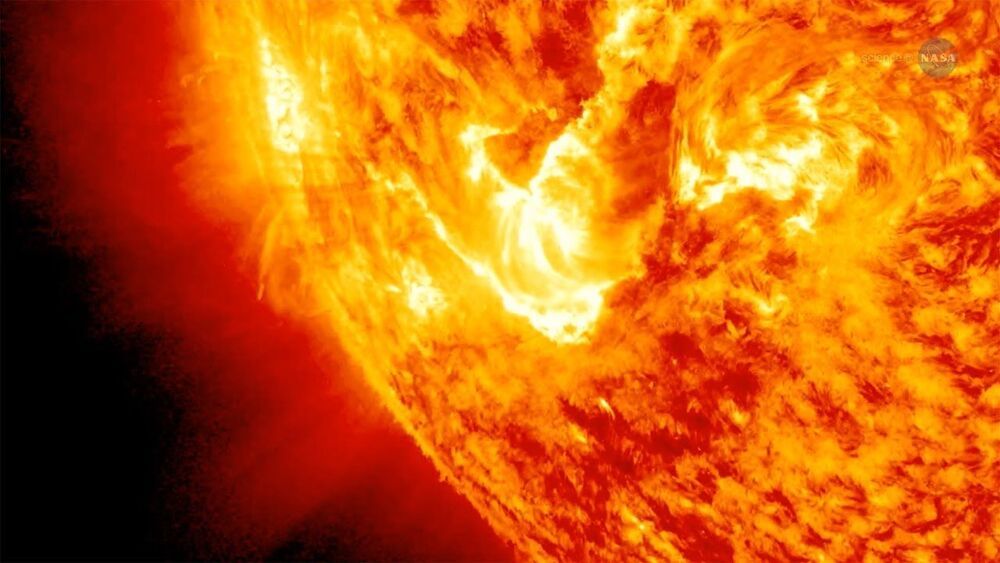
Everything is weird on the Sun, where things are not where you’d expect.
This spike in temperature, despite the increased distance from the Sun’s main energy source, has been observed in most stars and represents a fundamental puzzle that astrophysicists have mulled over for decades.
Continue reading “Scientists solve an 80-year-old paradox about the Sun” »
May 28, 2021
Episode 52 — The Unexpected Origins of Life’s Genetic Code
Posted by Bruce Dorminey in categories: evolution, genetics, physics

Great new episode with guest Ben K.D. Pearce on how and why our own genetic code was able to form in Earth’s warm little ponds as early as 4.5 billion years ago. Please have a listen.
Guest Ben K.D. Pearce, a Ph.D student in astrophysics and astrobiology at McMaster University in Toronto, and an expert on the origins of life’s building blocks here on Earth. We discuss the idea that all the genetic components from which life emerged were incredibly readily available biogenically very early in Earth’s evolution. As early as 4.5 billion years ago. Pearce is part of a group making great strides in learning how this all may have happened in Earth’s very ancient warm little ponds.
Continue reading “Episode 52 --- The Unexpected Origins of Life’s Genetic Code” »
May 27, 2021
Scientists unravel noise-assisted signal amplification in systems with memory
Posted by Saúl Morales Rodriguéz in categories: energy, media & arts, physics
Signals can be amplified by an optimum amount of noise, but stochastic resonance is a fragile phenomenon. Researchers at AMOLF were the first to investigate the role of memory for this phenomenon in an oil-filled optical microcavity. The effects of slow non-linearity (i.e. memory) on stochastic resonance were never considered before, but these experiments suggest that stochastic resonance becomes robust to variations in the signal frequency when systems have memory. This has implications in many fields of physics and energy technology. In particular, the scientists numerically show that introducing slow nonlinearity in a mechanical oscillator harvesting energy from noise can increase its efficiency tenfold. They have published their findings in Physical Review Letters on May 27th.
It is not easy to concentrate on a difficult task when two people are having a loud discussion right next to you. However, complete silence is often not the best alternative. Whether it is some soft music, remote traffic noise or the hum of people chatting in the distance, for many people, an optimum amount of noise enables them to concentrate better. “This is the human equivalent of stochastic resonance,” says AMOLF group leader Said Rodriguez. “In our scientific labs, stochastic resonance happens in nonlinear systems that are bistable. This means that, for a given input, the output can switch between two possible values. When the input is a periodic signal, the response of a non-linear system can be amplified by an optimum amount of noise using the stochastic resonance condition.”
May 27, 2021
Laser pulses travel faster than light without breaking laws of physics
Posted by Genevieve Klien in category: physics
Pulses of laser light moving through a jet of plasma can surf a wave to travel faster or slower than the speed of light without breaking the laws of physics.
May 27, 2021
Spinning Neutron Stars Reveal New Insights Into Elusive Continuous Gravitational Waves
Posted by Genevieve Klien in categories: cosmology, physics
Five years on from the first discovery of gravitational waves, an international team of scientists, including from the ARC Centre of Excellence for Gravitational Wave Discovery (OzGrav), are continuing the hunt for new discoveries and insights into the Universe. Using the super-sensitive, kilometer-sized LIGO detectors in the United States, and the Virgo detector in Europe, the team have witnessed the explosive collisions of black holes and neutron stars. Recent studies, however, have been looking for something quite different: the elusive signal from a solitary, rapidly-spinning neutron star.
Take a star similar in size to the Sun, squash it down to a ball about twenty kilometers across — roughly the distance from Melbourne airport to the city center — and you’d get a neutron star: the densest object in the known Universe. Now set your neutron star spinning at hundreds of revolutions per second and listen carefully. If your neutron star isn’t perfectly spherical, it will wobble about a bit, and you’ll hear a faint “humming” sound. Scientists call this a continuous gravitational wave.
So far, these humming neutron stars have proved elusive. As OzGrav postdoctoral researcher Karl Wette from the Australian National University explains: Imagine you’re out in the Australian bush listening to the wildlife. The gravitational waves from black hole and neutron star collisions we’ve observed so far are like squawking cockatoos — loud and boisterous, they’re pretty easy to spot!

